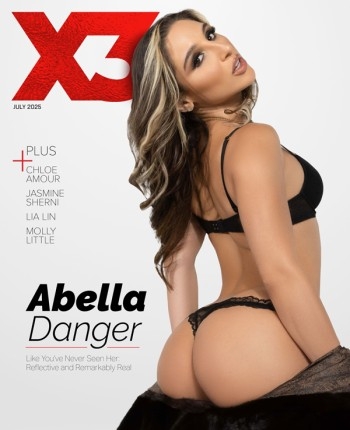"The line between protected expression and punishable obscenity must be drawn at the limits of a community's tolerance rather than in accordance with the dangerous standards of propriety and taste."*
It was obvious to the generation of patriots that founded the American Republic on these shores that the authority and power of government should be mistrusted, challenged and limited because, unless the scope of governmental power is held under control, it will expand, eroding personal and social liberty until absolute government is the result.
The founders trusted democratic governments no more than monarchies; the Bill of Rights — and in particular, the First Amendment, protecting freedom of expression, association and religion and prohibiting a state religion — is largely a counter-majoritarian instrument, meaning that many of its provisions protect the liberty of individuals from the power of majorities that have seized control of government.
It seemed to the Founders to be a cornerstone-bedrock principle that individual liberty was a natural right of persons, that a good measure of such liberty promoted the success of a society, that the power of government was antagonistic toward individual liberty, and that individual rights, including expressive rights, must be enduringly protected from government for reasons important both to individuals and society as well.
The word "Liberty," appearing on all U.S. coins, represents the collective historical judgment of this society that the freedoms of its members must be protected even from a democratic government whose officers are elected by this society itself, and perhaps most especially from a government that claims good intentions, because "the road to hell is paved with good intentions."
But the protections of the Bill of Rights — indeed the words of the First Amendment itself — are nothing more than dried ink on parchment until or unless they are enforced in a court of law.
The confusing and thorny patchwork of conflicting issues and principles and cynical rationalizations that make up obscenity law has largely come about, in my opinion, because the development of obscenity law is an aberration, a deviation from the traditional foundations of American law regarding expression.
Insofar as "community standards" work in part to establish the boundary between that expression which is protected by the Constitution and which works may be criminally proscribed, the First Amendment and its counter-majoritarian protections for individuals have become significantly attenuated in the context of erotic speech.
The 1956 holding in Roth vs. United States determined that some speech was simply outside the protection of the First Amendment — including obscene matter.
In taking this position, the Supreme Court looked at history a bit and noted the existence of colonial and early state criminal laws concerning libel and blasphemy and profanity, including those utterances which mocked or satirized sermons.
In Part 2 of our look at U.S. Obscenity Laws, we'll examine lust, prurience, and finding value in erotica. Stay tuned!
J.D. Obenberger is an attorney at J.D Obenberger and Associates based in Chicago.
*RED BLUFF DRIVE-IN INC. VS. VANCE, 648 F.2D 1020, 1029 (5TH CIR.1981), CERT. DENIED SUB NOM, THEATRES WEST INC. VS. HOLMES, 455 U.S. 913, 102 S.CT. 1264, 71 L.ED.2D 453 (1982)






